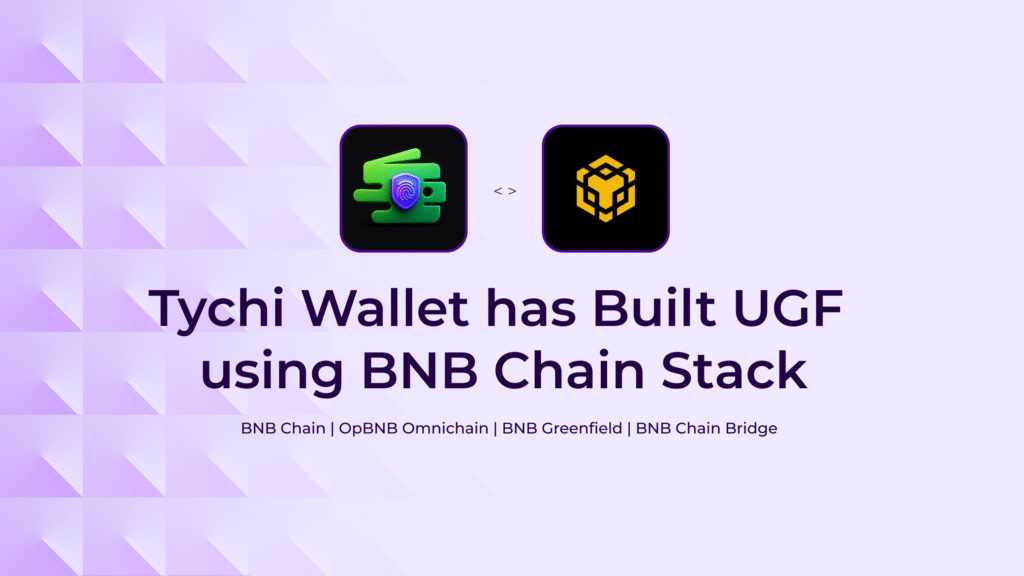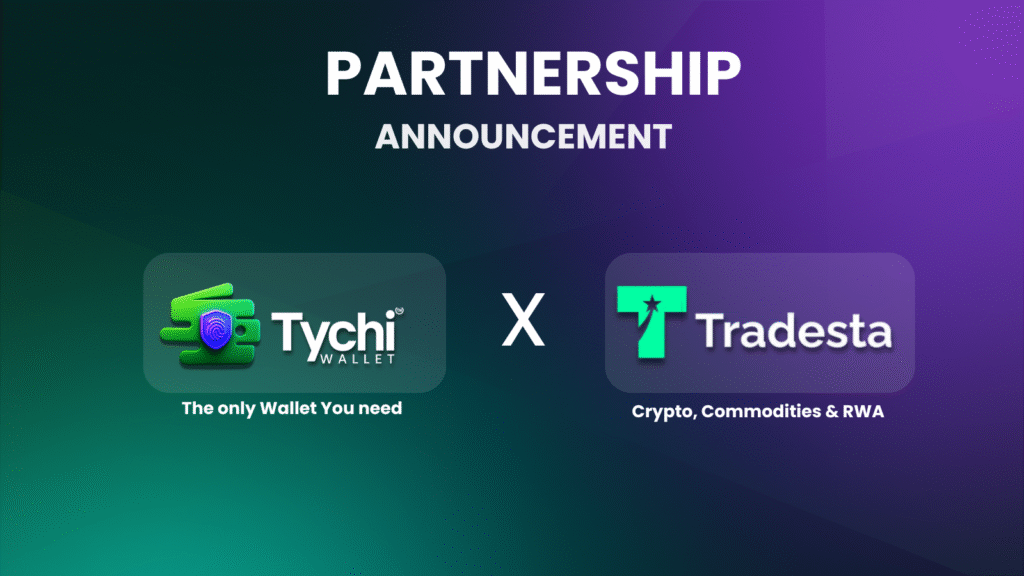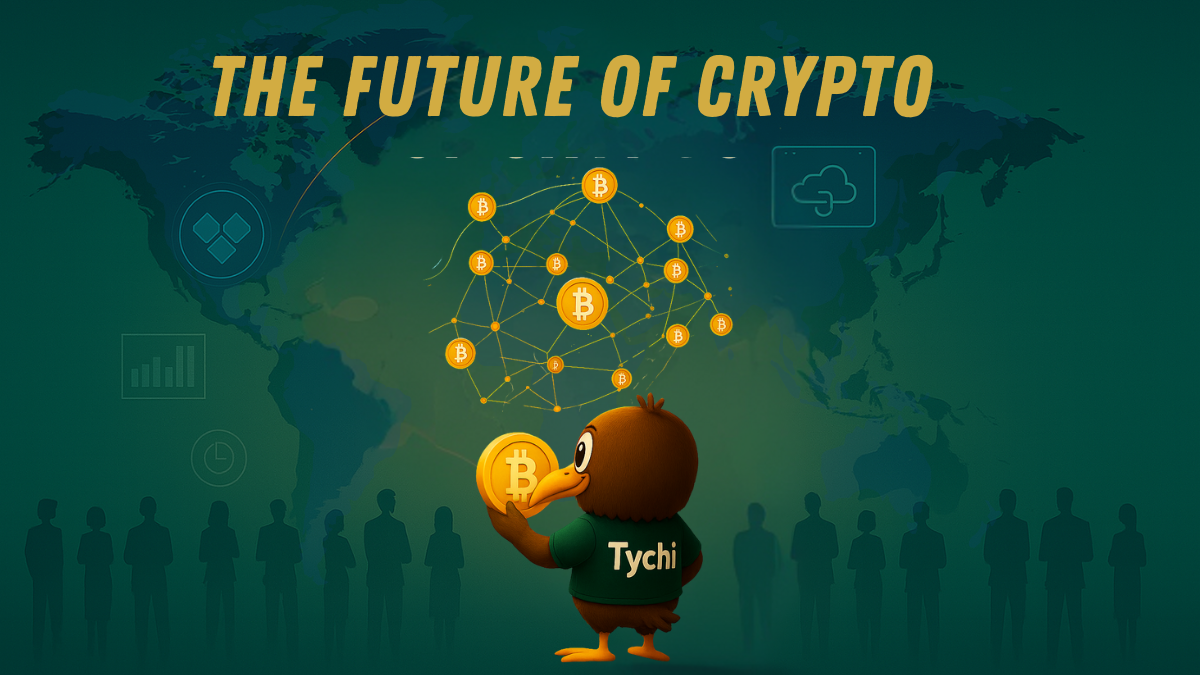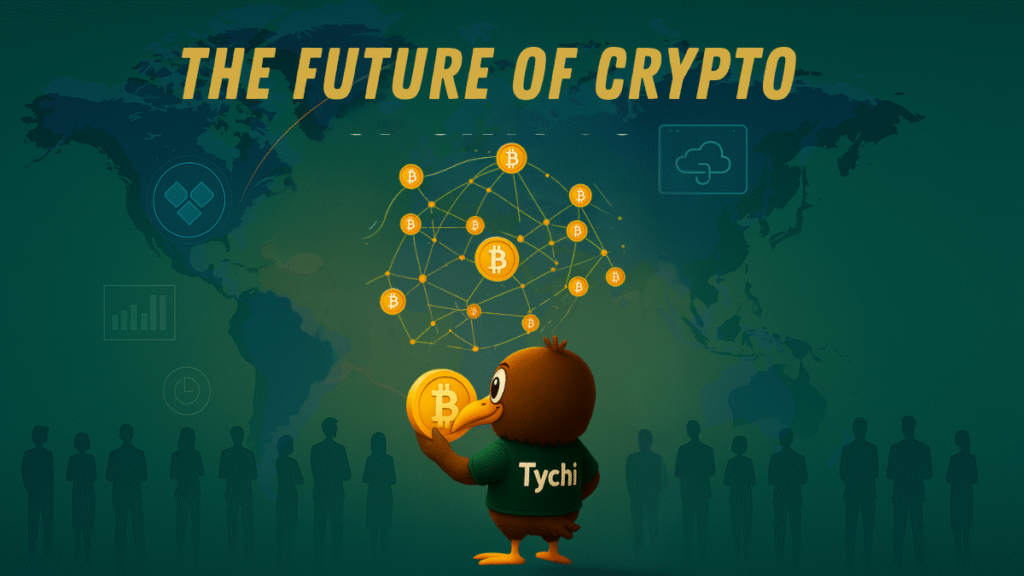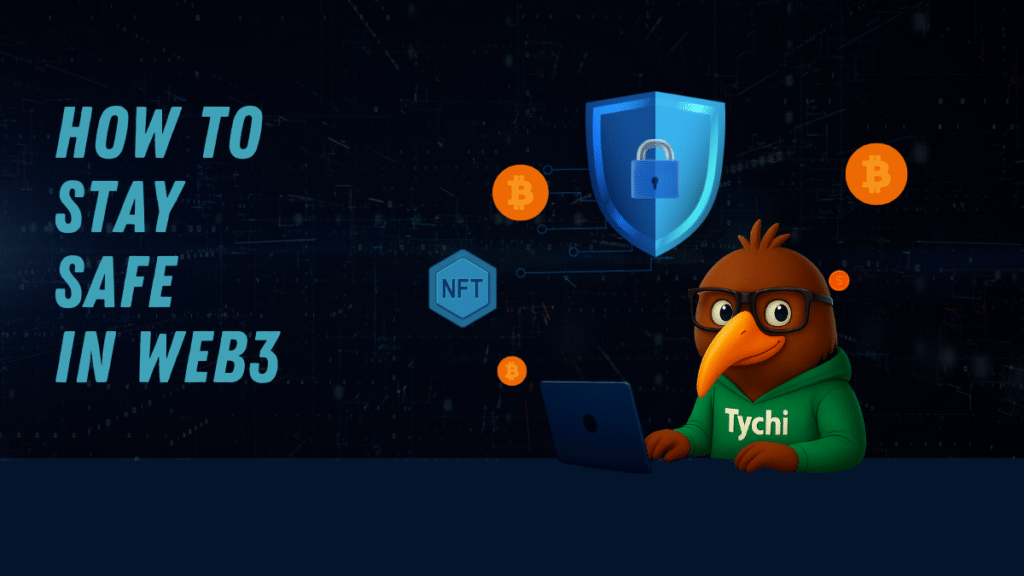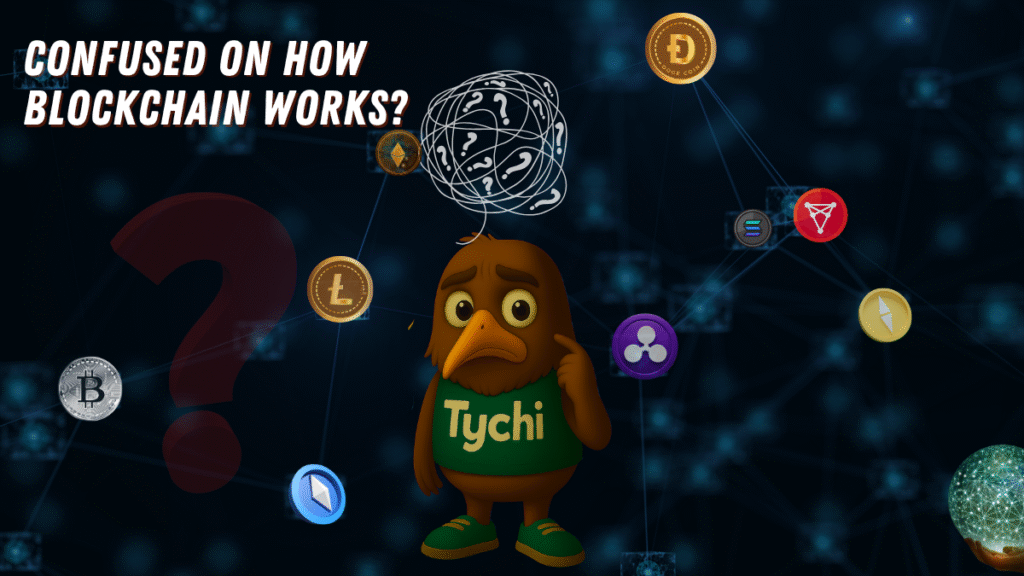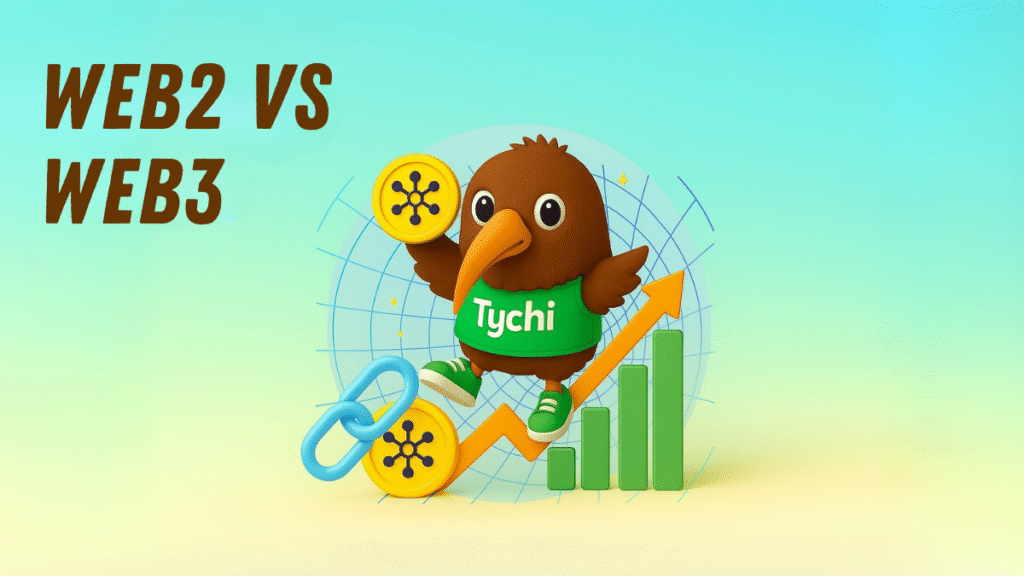
Bitcoin has made a new high of $123,000, making Satoshi’s known net worth believed to be more than $120 billion! But it can be more than a trillion dollars if we are to believe Hal Finney!
But who is Hal Finney, and why should we believe him?
In 2009, Hal Finney made history by tweeting, “Running Bitcoin.” At the time, Bitcoin was worth practically nothing, an experimental project shared among cypherpunks and cryptographers. Fast forward to today, and BTC has reached an all-time high of $123,000, turning heads once again across global markets. But for Hal Finney and other early adopters, this explosive rise wasn’t just a lucky break. It was expected. Finney famously predicted that Bitcoin could one day reach $1 million per coin. While many scoffed at the idea back then, Bitcoin’s relentless climb is forcing people to take his forecast more seriously.
Hal Finney’s $1M Bitcoin Theory: What Did He See?
Hal Finney was more than just the first person to receive a Bitcoin transaction; he was a visionary. In 2009, Finney posted on the BTC Forum, speculating on a future where Bitcoin becomes the dominant global currency. He calculated that if Bitcoin captured a significant portion of the world’s wealth, its value could reach $10 million per coin in today’s dollars, though he later clarified $1 million as a more grounded milestone.
His prediction wasn’t based on hype; it was grounded in economic logic. Finney understood that Bitcoin’s capped supply of 21 million coins, paired with increasing demand and limited issuance, would eventually drive the price up dramatically if adoption spread globally.
Scarcity, Inflation, and Global Demand
Bitcoin’s fixed supply makes it immune to inflation, unlike fiat currencies that can be printed indefinitely. As governments worldwide face rising inflation and monetary instability, BTC is increasingly seen as a store of value, much like digital gold.
At the same time, adoption continues to grow. Institutional investors, sovereign funds, and even nation-states are now buying and holding BTC. With only 21 million coins available and fewer than 2 million left to be mined, the scarcity effect becomes even more powerful. Every new wave of adoption puts more pressure on the limited supply, potentially driving prices higher.
$123K Is More Than a Number; It’s a Signal
Reaching $123,000 per BTC is not just a price milestone. It’s a psychological signal. It validates that Bitcoin is here to stay and could someday become a global reserve asset, as Finney envisioned. The road to $1 million may still be long, but the trend is clear and increasingly believable.
As BTC inches toward mainstream financial infrastructure, discussions around its valuation, impact, and use cases have become central to financial and tech sectors alike.
The Role of Self-Custody in a $1M Bitcoin World
If Bitcoin does reach $1 million per coin, security and self-custody will become more important than ever. Holding even a fraction of a million-dollar BTC means securing life-changing wealth. That’s why users must think beyond exchanges and hot wallets.
Solutions like true cold storage, offline private key protection, and multi-factor authentication will be essential. Wallets that prioritize self-custody, user control, and zero exposure to online threats will define the future of personal finance in a hyper-Bitcoinized world.
Final Thoughts: Was Hal Right All Along?
With each new high, Hal Finney’s BTC prediction feels less like a fantasy and more like an inevitability. His $1 million vision was bold, but not impossible. As adoption rises, inflation persists, and digital assets reshape global finance, we may one day look back and say he was right from the start.
What is your target for BTC?
